Created by Zeiss in 1949, the M42 was very popular right up to the 1990's. Produced in both Germany's , the USSR and Japan, this mounting system has a lot of camera bodies and even more lenses to it's name and second hand, they are cheap.. if you are lucky you can get them for nearly nothing.
The quality of M42 covers the entire spectrum from low end triplets and simple tele lenses to high end precision engineered multi group/element formulas that are revered for their quality and character.
Vintage glass is always fun to play around with, but these lenses are not necessarily novelty gadgets. I film, photography and hacking the M42 lenses can still be very useful and produce amazing quality for tuppence.
Now you can get a lot of information about these lensen and their qualities on various photography fora. There are dedicated sites for M42 lenses alone, so I will not be writing in detail about sharpness, abberations, colorrendering and such. Instead I want to highlight some lenses from my collection that I have used for hacks, work or fun and write about all the features that make that particular lens useful and why.
One lens per log entry is the format and the lenses that are coming up for review are :
- Carl Zeiss Tessar 2.8/50 (T aus Jena)
- Aus Jena MC S 3.5/135 (Carl Zeiss Sonnar)
- Carl Zeiss MC Pancolar 1.8/50
- Helios 2/58
- Industar 50-2 F3.5/50
- Tair 3S 4.4/300m (photosniper kit) (Done)
- Mir 1A 2.8/37
- Pentacon 2.8/29
- Enna München Tele-ennalyt 2.8/135 (Done)
- Meyer-Optik Görlitz Orestor 2.8/135
- Meyer-Optik Görlitz Orestegor 4/200
- Vivitar Tele-zoom 4.5/75-260
- The big 135mm topic
- Macro tubes and bellows.
The list might grow, but these are the lenses that I use or have used for various jobs and hacks through the years. The write-ups will not necessarily follow the order of the list, but rather the situation in which it is most effective to do a write-up. I might be doing a book cataloging job and write about the Pentacon 2.8/29 which I use for some jobs or I might be filming something and do the Pancolar or the Vivitar zoom lens.
 Timescale
Timescale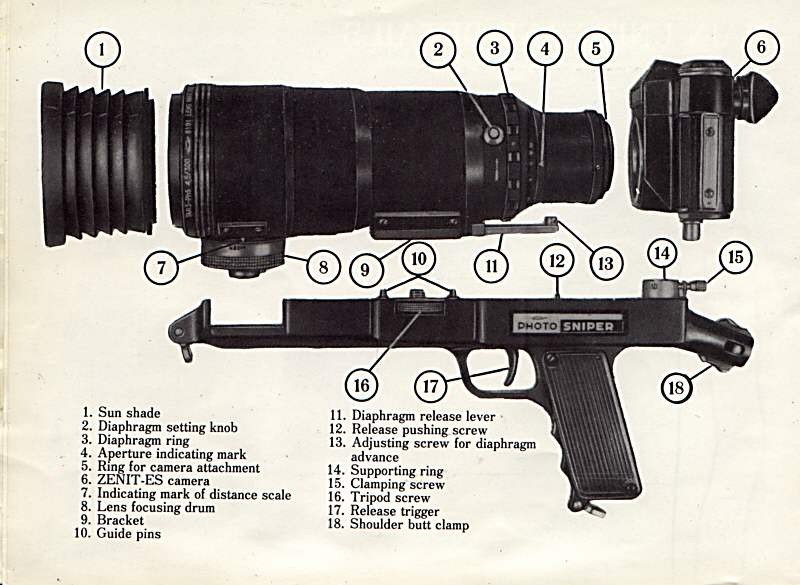
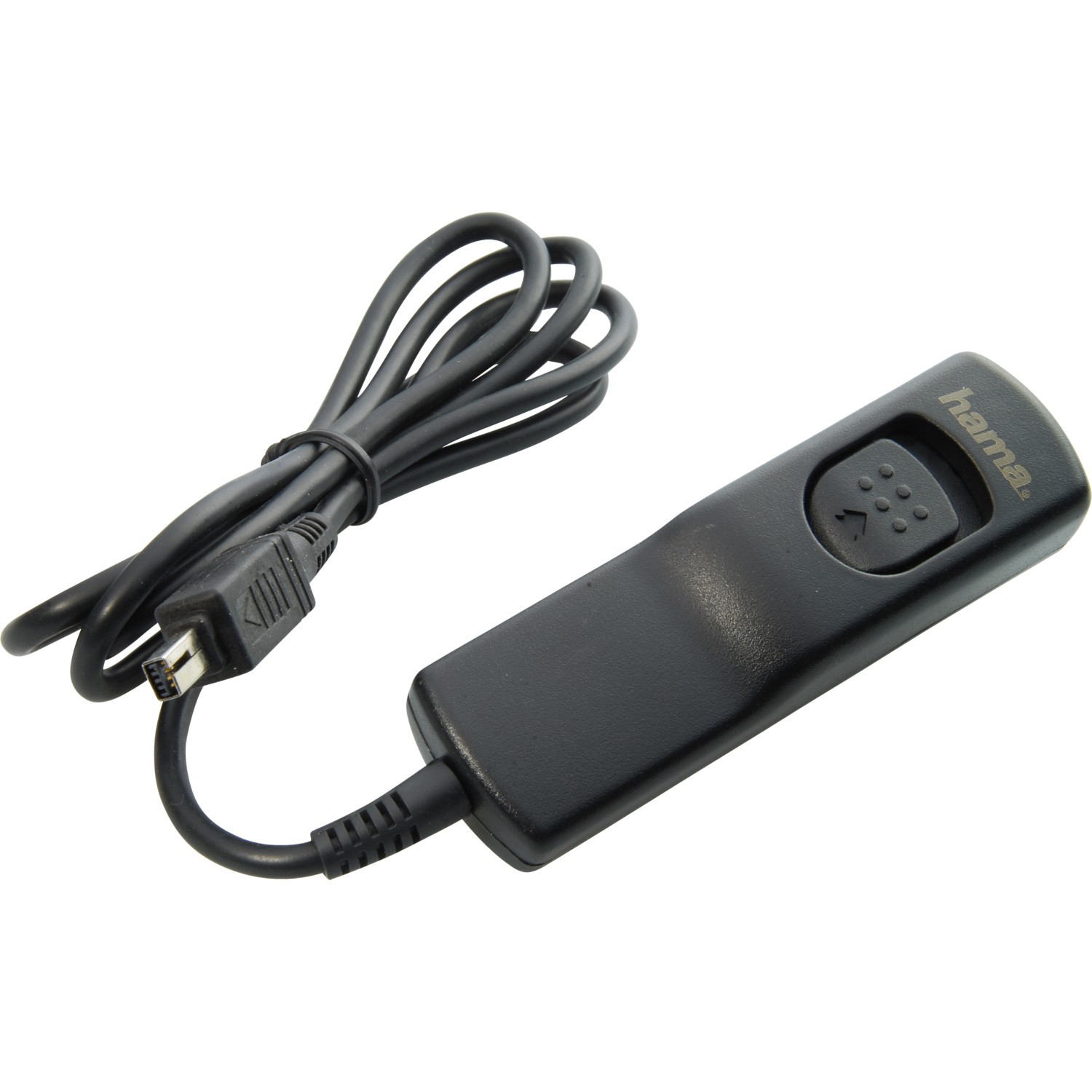


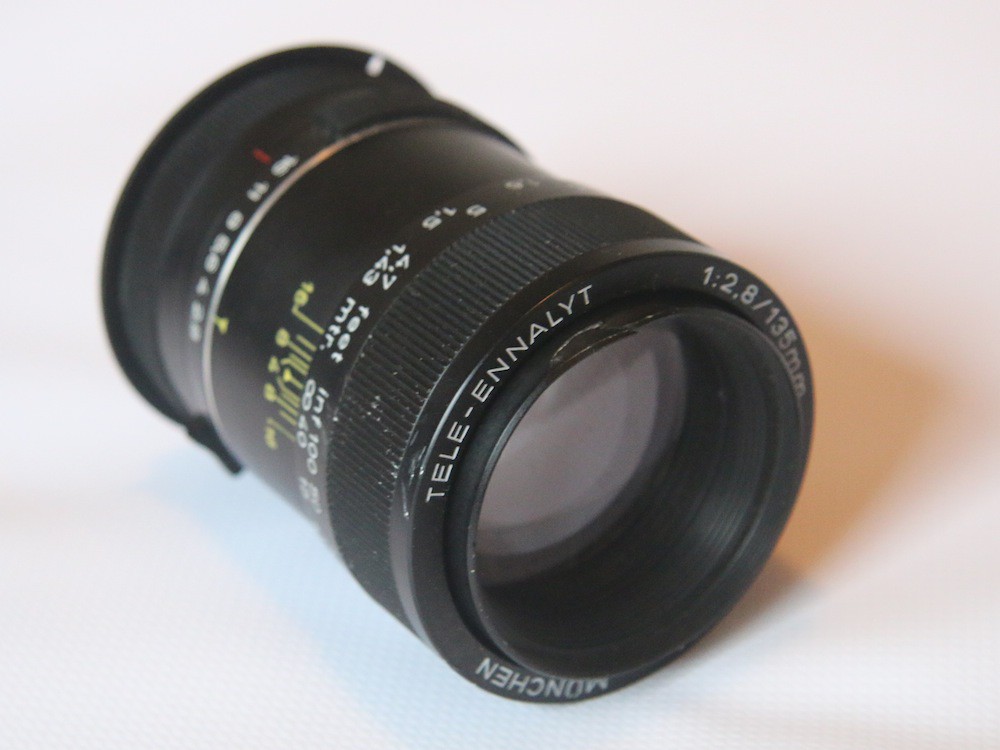
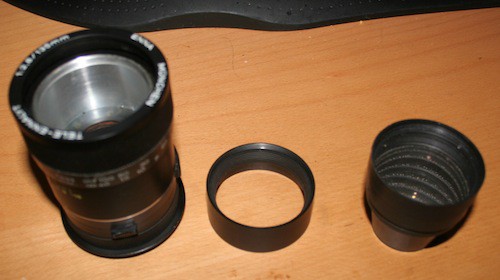
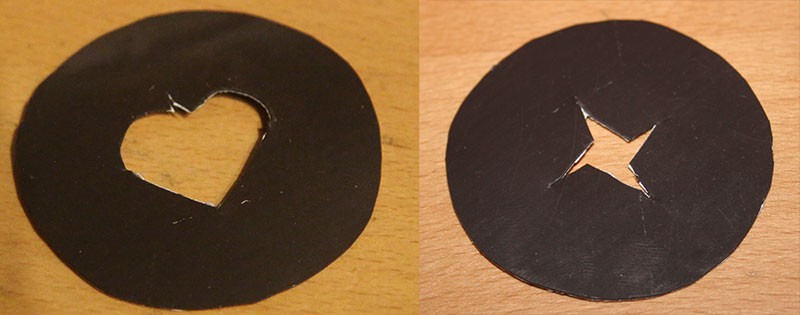


 Tom Meehan
Tom Meehan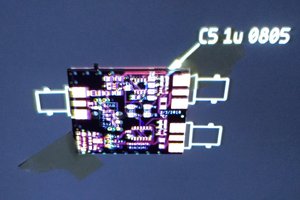
 Ted Yapo
Ted Yapo
 w_k_fay
w_k_fay
 N. Christopher Perry
N. Christopher Perry